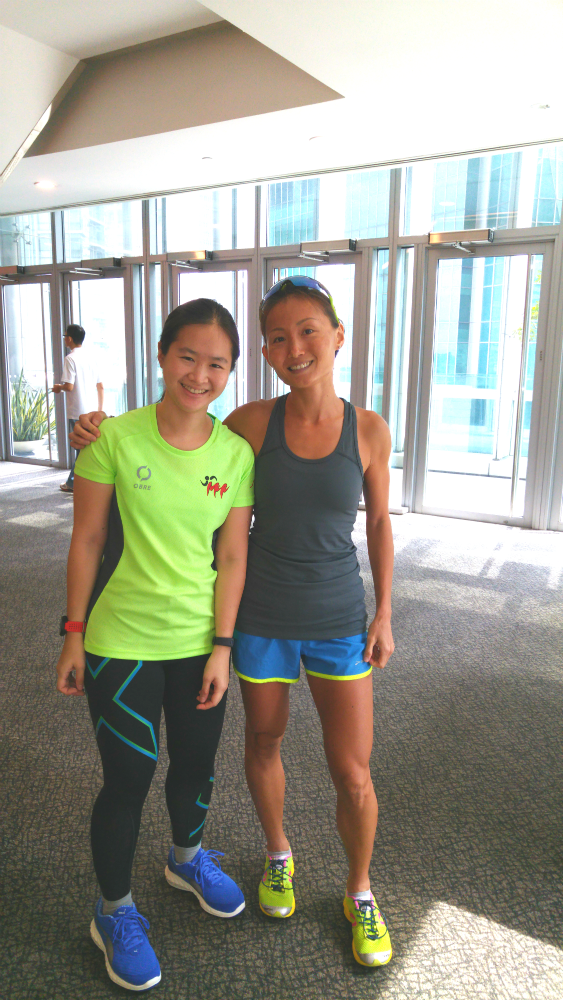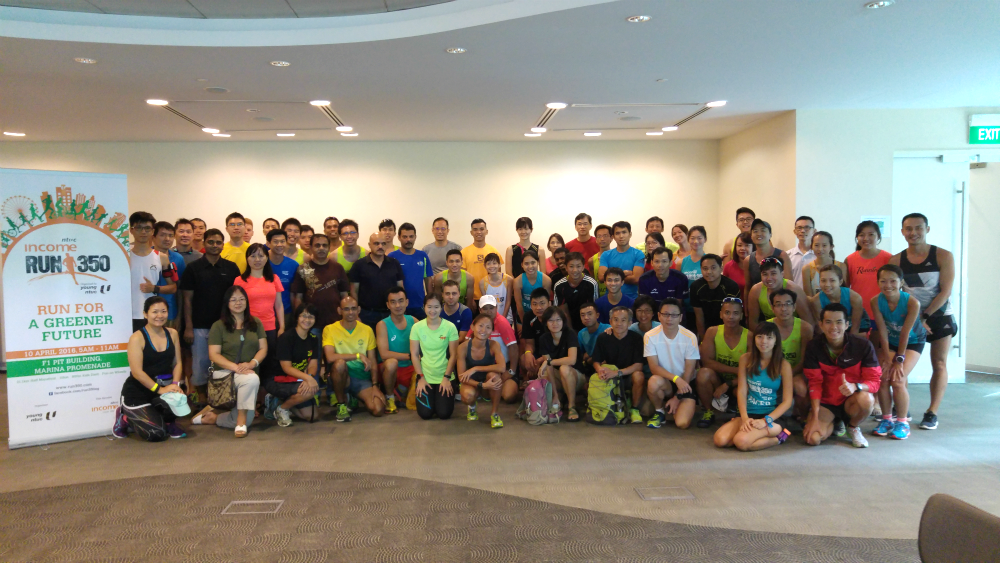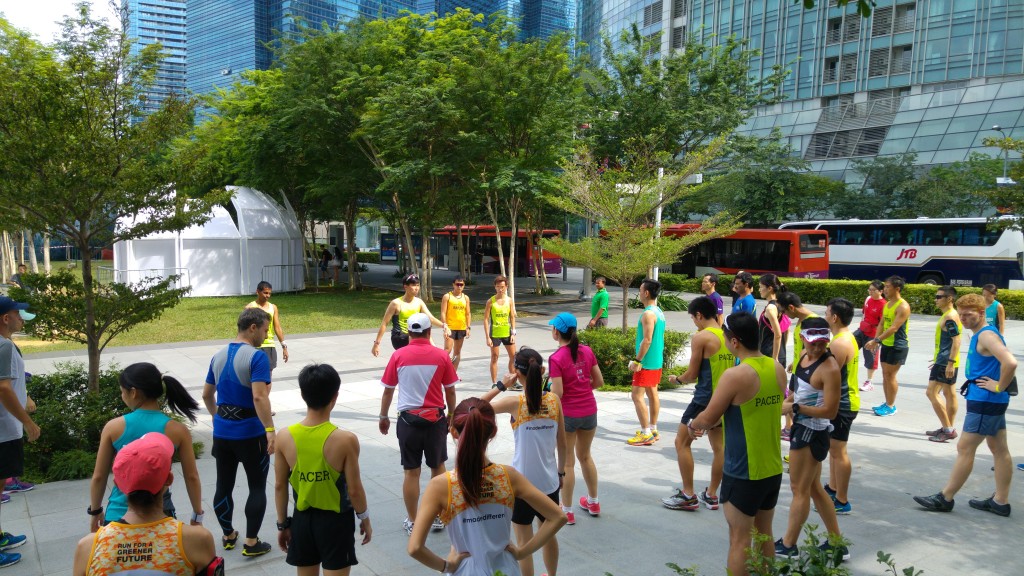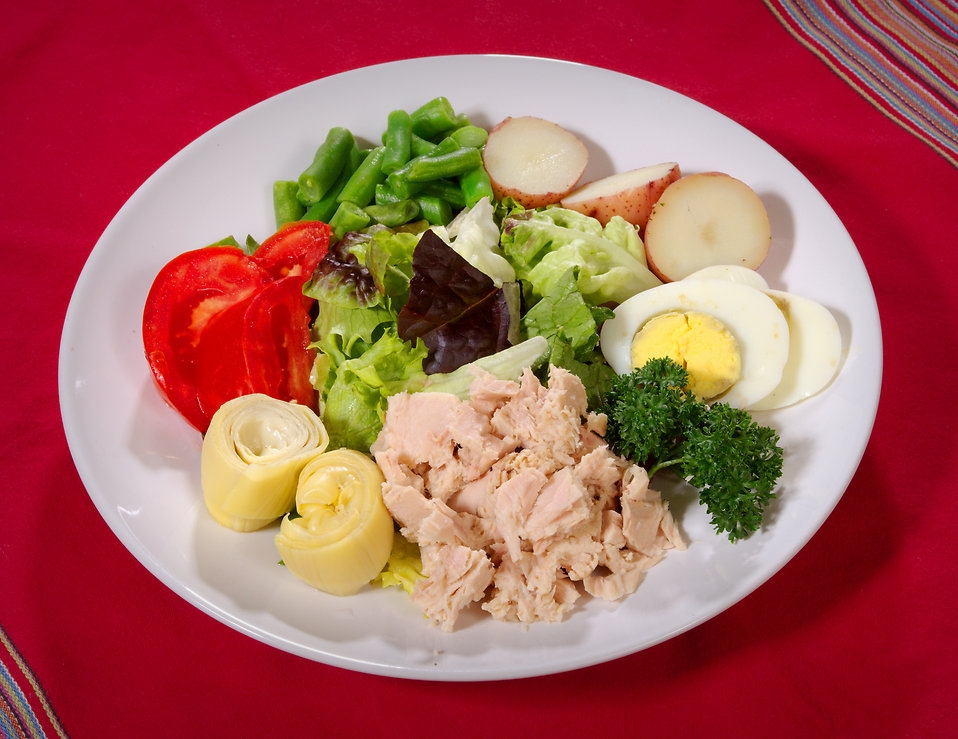Last weekend, Dr Lim BaoYing gave a talk on running injuries and their prevention – to prepare runners for the upcoming RUN 350 race on 10 April.
Working as a sports physician at the Changi Sports Medical Centre, Dr Lim is also an avid runner and Ironman triathlete, with a marathon personal best of 3 hours 13 minutes and 55 seconds, which she had set at the recent Tokyo Marathon this year. In addition, she has also represented Singapore at the Ironman 70.3 World Championships in 2015.
Here are the main highlights that Dr Lim had shared with the runners, at the session, last Saturday.
What are overuse running injuries?
Said the sports physician, “Overuse injuries generally cause you to have restrictions in your running speed or duration for at least one week. Up to 70 per cent of runners sustain overuse injuries during any one-year period.”
What causes a high risk of running injuries?
And as to what causes a high risk of injuries amongst runners, Dr Lim said, “Limited or no running experience is a key factor. Also a previous injury in that area will contribute – if you have been injured, then the risk of re-injury will be higher than someone who never had that problem in the first place.”
She added, “Doing non-stop days of running is also a factor – the body cannot recover in time so you get injured.”
This is a very important rule of thumb especially for ultra runners, who may often do back-to-back long training runs in their attempts to get their bodies up to speed to conquer the long distances that they are required to do during their races. So if their bodies are not ready, they may see themselves looking at a long lay-off period.Added the doctor, “And most importantly, if you run too much, too soon or too long a distance – before the body is ready – then you will also wind up injured.”
Common Overuse Injuries
According to Dr Lim, the most common overuse injuries are as follows:
Runners Knee
Said Dr Lim, “This is a diffused knee pain at the kneecap area. You may not always feel it only during running – some people do get that, but it can also come on at the time when you are not running as well. Some can feel the pain even when they are sitting down and watching movies.”
She added, “This condition commonly happens in people who are not accustomed to physical activity, for example, Army recruits or people who have recently begun an exercise routine.” However seasoned runners who ramp up their mileage too fast, or have recently begun a new addition to their exercise regime, are also prone to this injury.Insoles or the correct choice of running shoes can help with this injury. In addition, stretching and stabilising your hip muscles will also work – as this condition is commonly linked to weak hip muscles. Sports taping can also help to relieve the pain too but this is not a permanent solution.
Iliotibial Band Syndrome (ITBS)
This pain is usually apparent on the outer part of the knee and there may be swelling.
Said Dr Lim, “People who suffer from this often have problems walking down the steps or squatting. When patients come to us with this, we need to rule out meniscus tears.”
She added that stretching exercises and strengthening the hip adductor muscles will help in the therapy of this injury and also to keep it from recurring.
Knee Osteoarthritis
This is a type of progressive wear and tear, characterised by pain, stiffness and swelling in the knee in the joints and usually happens in older runners.
Added Dr Lim, “But it can also happen in younger runners if they have had trauma to the knee. But that said though, there is no evidence that running increases the risk of knee osteoarthritic contrary to popular belief.”
She continued, “But those who run, mostly tend to have a lower Body Mass Index (BMI) due to the regular exercise – the heavier you weigh, the more stress the knee has to undergo when you are running, or even walking due to the extra weight being carried.”
Dr Lim also added that glucosamine supplements does not necessarily help in terms of the wear and tear of the knee, but sometimes the placebo effect is strong enough to produce an “effect.”
![Non weight bearing exercises such as swimming is good in the rehabilitation of knee osteoarthritis. [Photo by Anna Cervova]](https://www.prischew.com/wp-content/uploads/9517-a-man-swimming-in-a-pool-pv.jpg)
Non weight bearing exercises such as swimming is good in the rehabilitation of knee osteoarthritis.
[Photo by Anna Cervova]
However in worst-case situations, surgery may be necessary though.
Shin Splints
Said Dr Lim, “Shin splits refer to pain on the inner part of the shin, and brings pain for several hours or even days after exercise. It’s common in military personnel and endurance athletes but sometimes sprinters may also have this problem due to their spiked shoes.”
This injury is most common amongst forefoot and mid foot runners too, according to the doctor.
Patients are usually unable to point out the exact spot of pain, and the painful area is typically about 5cm long. Added Dr Lim, “But if you suspect you have this, it is good to always see a doctor to rule out stress fractures – as that may sometimes lead to an actual fracture of the bone if you don’t do anything about it.”
Rest is usually the best form of recovery especially if you have stress fractures.
Achilles Tendinopathy
Said Dr Lim, “This is pain on the achilles tendon and you can feel it when you are running, climbing stairs or tiptoeing. The pain on the Achilles tendon is the most apparent when you take your first few steps in the mornings upon waking up, or after having sat down for long periods of time.”
![Calf stretching exercises can help in the recovery of Achilles tendinopathy. [Photo from drpeggymalone.com]](https://www.prischew.com/wp-content/uploads/5610264071_f215c906eb.jpg)
Calf stretching exercises can help in the management of Achilles tendinopathy.
[Photo from drpeggymalone.com]
To manage this injury, Dr Lim stressed that reducing the load on your legs is the most important thing. She said, “Rest and try not to walk too much. Also do not do any impact sports. Sometimes we give anti-inflammatory medication to reduce the pain, but steroid injections are a no, as this will risk rupturing the tendon.”
Calf stretches and calf strengthening exercises, as well as heat exercises, can also strengthen the calf muscles thus reducing the risk of this injury recurring.
Plantar Fasciitis (PF)
Said Dr Lim, “PF is a very common heel injury amongst runners – the pain usually comes in when taking the first few steps in the mornings upon waking up but after a while the pain gets better throughout the day but it will return after that. Some say that when they run, there is no pain; but the pain comes on after running.”
PF usually builds up slowly – beginning with a niggling form of pain, then it will become more and more prominent if nothing is done.
To manage this injury, Dr Lim suggests that wearing insoles, and stretching exercises by a physio will help to reduce tension in the plantar fascia and calf muscles. Shockwave therapy is also commonly used.
Injury Prevention
Thus to minimise the risk of all of these injuries, Dr Lim explained that you should run with the least possible muscle skeletal stress on your system as possible, and with the least metabolic cost.

Besides talking about the injuries themselves, Dr Lim BaoYing (right) also shared some useful tips on how to prevent running injuries.
She explained, “Running is a weight bearing exercise and it puts stress to the body when running. No matter what is your running form, the load gets transferred from one part of the body to another. So for example if you modify your running gait to reduce stress to your knee, then perhaps your calves or thighs may be taking the brunt of the load instead. There is no such thing as a type of running form that offloads weight from you – maybe except for a pair of crutches!”
This also applies to runners who try to shorten their stride and increase their running cadence too, in an attempt to run injury-free. Said the doctor, “Many studies have shown that runners at the elite levels tend to adopt a high running cadence and this means shortening their stride too. But they are merely shifting the running load from one part of the body to another – which still puts them at risk of certain injuries.”
Besides though, changing your foot strike pattern and running style, the doctor added, is not particularly easy to change, as this can take years of practice before it becomes a natural habit.
Run within the body’s limits
As well, Dr Lim added that it is very important to run within your body’s limits. She said, “This is especially so if you are returning after injury or illness – go back gradually and do not expect to continue where you had left off.”
She added, “This also applies when you add new techniques or training methods to your routine. For example when you add weights to your running routine that changes your recovery time, so you must allow for that. Also, wearing new shoes and suddenly running 20 to 30km in then will give you problems such as blisters and corns, so take that gradually too, if you get any new running apparel.”
Though Dr Lim mentioned the 10 per cent rule that runners should follow when increasing mileage, she said that it is quite hard to follow this to a tee. She said, “It generally means that you should increase your intensity and frequency very gradually and increase only one variable at a time.”
So for example, you typically run 2km three times a week. To increase this by 10 per cent means that you can now run 2.2km three times a week. She added, “But just increase one thing though. Do not go from 2km three times weekly, to 2.2km four times weekly.”
According to the doctor, doing so, will reduce a runner’s risk of sustaining injuries.
Stretching is important
The sports physician also said that stretching both before as well as after a run, is important to keep injuries at bay. Explained Dr Lim, “Running puts stress on the body and as a result, our muscles will feel stiff – so doing a combination of dynamic and static stretching will help to increase your heart rate and also make your muscles and joints feel more flexible.”
According to Dr Lim, some important areas that need stretching, are the glutes, hamstrings, adductor muscles, calves, quadriceps and the abductors.
She added, “But when stretching, make sure that you stretch both sides of the body, and not just the side which is tighter or injured. Also do not bounce when you stretch – some people like to do this, but it will cause micro-tears in the muscles when doing so.”
While she added that the foam roller can be useful in helping to release tight muscles in some areas of the body, Dr Lim still feels that nothing is still better than practising basic stretching on a regular basis.
Cross Training
Dr Lim also explained that cross training is important for runners. She said, “Doing so will encourage exercise using different muscle groups and will thus minimise overuse injuries. As a runner you cannot simply run. It’s also important to condition your body in other ways, to make it stronger for running.”
She recommended cycling and swimming as good forms of cross training for runners. Weight training is also useful.
Nutrition for Runners
Said Dr Lim, “Nutrition is also important, as it maintains the body composition for running and training for races and keep the body healthy at the same time.”
The average runner should get 35 per cent of his energy from grains such as cereals, rice, noodles and pasta. 25 per cent should come from proteins and 20 per cent from fruits & veggies. Fats should form 15 per cent of a runner’s diet and the final 5 per cent from dairy products such as milk and cheese.
Proper nutrition, according to Dr Lim, can help to promote the body’s rate of full recovery after an exercise session and thus preventing injuries.


![Know your limits when you run - to prevent injury. [Photo by CDC/ Amanda Mills]](https://www.prischew.com/wp-content/uploads/15397-a-healthy-young-man-running-on-a-treadmill-in-a-gym-pv-3.jpg)
![Runners Knee is a diffused pain at the kneecap area. [Photo from www.healthxchange.com.sg]](https://www.prischew.com/wp-content/uploads/Knee-Pain-After-a-Run-Pic.jpg)


Leave a Comment